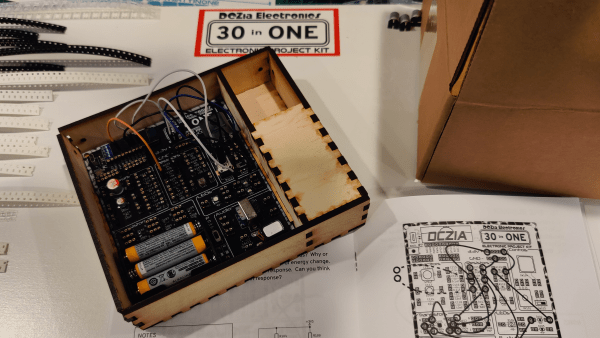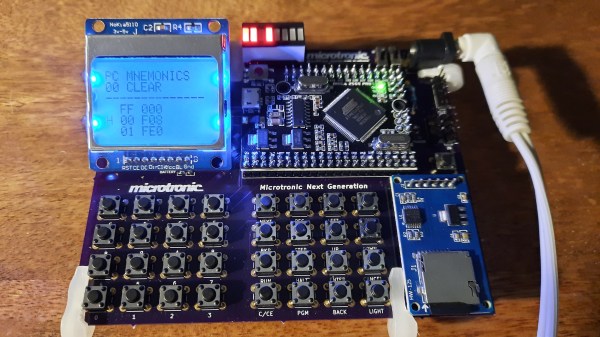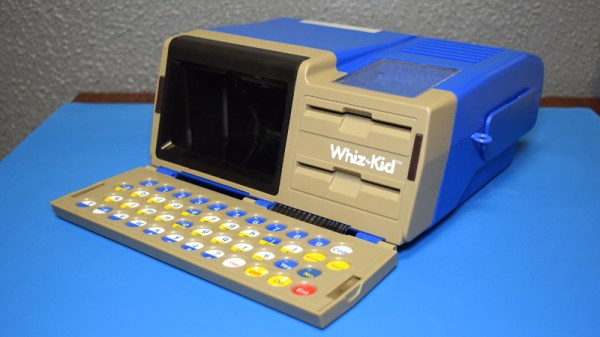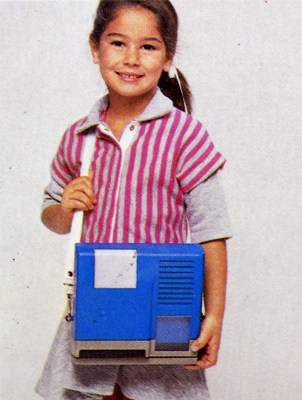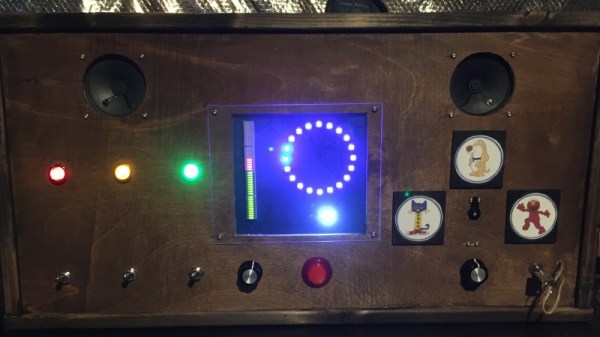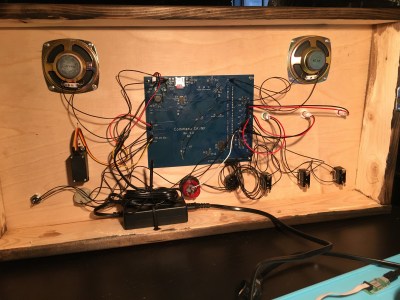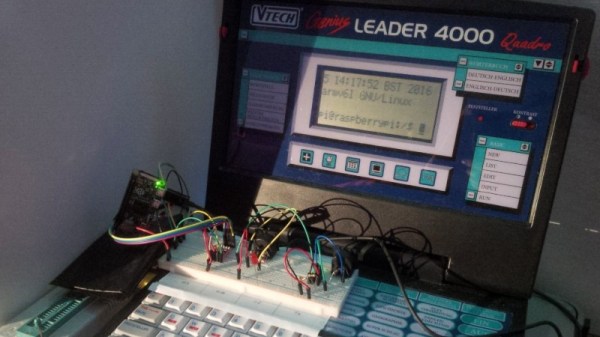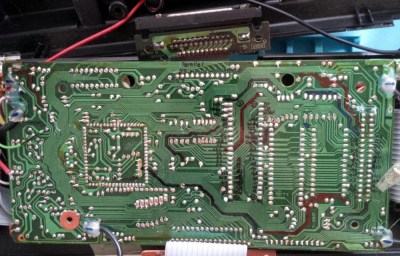It can be surprisingly hard to find decent analogies when you’re teaching electronics basics. The water flow analogy, for instance, is decent for explaining Ohm’s law, but it breaks down pretty soon thereafter.
Hydraulics aren’t as easy to set up when you want an educational toykit for your child to play with, which leaves them firmly in the thought experiment area. [Steve Mould] shows us a different take – the experimentation kit called Spintronics, which goes the mechanical way, using chains, gears, springs and to simulate the flow of current and the effect of potential differences.
Through different mechanical linkages between gears and internal constructs, you can implement batteries, capacitors, diodes, inductors, resistors, switches, transistors, and the like. The mechanical analogy is surprisingly complete. [Steve] starts by going through the ways those building blocks are turned into mechanical-gear-based elements. He then builds one circuit after another in quick succession, demonstrating just how well it maps to the day-to-day electronic concepts. Some of the examples are oscillators, high-pass filters, and amplifiers. [Steve] even manages to build a full-bridge rectifier!
In the end, he also builds a flip-flop and an XOR gate – just in case you were wondering whether you could theoretically build a computer out of these. Such a mechanical approach makes for a surprisingly complete and endearing analogy when teaching electronics, and an open-source 3D printable take on the concept would be a joy to witness.
Looking for something you could gift to a young aspiring mind? You don’t have to go store-bought – there are some impressive hackers who build educational gadgets, for you to learn from.


